On this day, in 1945 …
On August 9, 1945, the Soviet Union entered the war against militarist Japan in keeping with its obligations to its Allies in the anti-Hitler coalition. That marked the beginning of the Manchurian Strategic Offensive Operation of the Soviet troops in the Far East.
During the Great Patriotic War, Japan refrained from openly attacking the USSR on the side of Germany, but Tokyo systematically violated its obligations to observe neutrality under the April 13, 1941 bilateral agreement. Japan pursued an aggressive policy against our country, carrying out subversive acts and frequent provocations, while also sharing its intelligence with Berlin on the economic and military capabilities of the USSR in its Far East and Siberia.
After Germany’s treacherous attack on the Soviet Union, Japan became a real danger to our country, which could face a war on two fronts. By the end of 1941, the formations of the Kwantung Army, a Japanese strategic group based in Manchuria near the Soviet border, numbered over 700,000 people. With that force, Japan was ready to invade the Soviet Far East at any moment. The Japanese military command had a plan codenamed Kantokuen for an invasion and occupation of the Russian Far East, including the city of Vladivostok, the northern part of Sakhalin, and Eastern Siberia up to Lake Baikal after eliminating Soviet units in Primorye, the Amur Region, and Trans-Baikal territory. Tokyo planned to incorporate these territories into the so-called Greater East Asia Co-Prosperity Sphere. The Kwantung Army was only waiting for a favourable moment to invade.
As a precaution, the General Headquarters of the Supreme Command had to keep significant forces and resources in the region for almost the entire war – from 32 to 59 ground forces divisions, from 10 to 29 air force divisions, and up to six air defence divisions and four air defence brigades with personnel exceeding 1 million people. That capacity could have been used on the Soviet-German front if it had not been tied down in the Far East by Japan.
When the German Instrument of Surrender ended World War II in Europe, militarist Japan remained the last stronghold of the Axis in the Asia-Pacific region. Under its occupation were Korea, Indochina, Indonesia, Malaya, parts of China, Burma and the Philippine Islands. By the summer of 1945, the Japanese had built 17 fortified defensive areas along the Soviet and Mongolian borders. The Kwantung Army – the main threat to the Soviet Far Eastern borders – had reached about 900,000 people by that time.
Earlier, at the Tehran Conference of the leaders of the three Allied Powers in 1943, the Soviet Union responded to a request from Washington and London agreeing to enter the war against Japan once Germany was defeated, for the sake of ending World War II as soon as possible. This pledge was reaffirmed at the Yalta and Potsdam conferences in 1945. In order to neutralise the Japanese threat in the Far East and in pursuance of the agreements reached with the Allies, on June 28, 1945, the Supreme Command General Headquarters approved a plan for war with Japan.
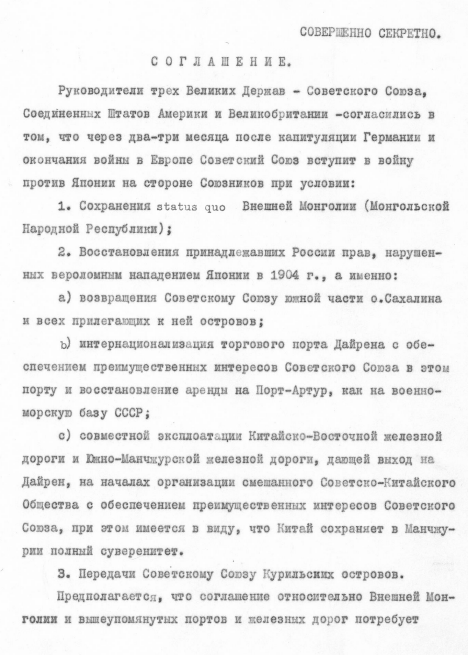
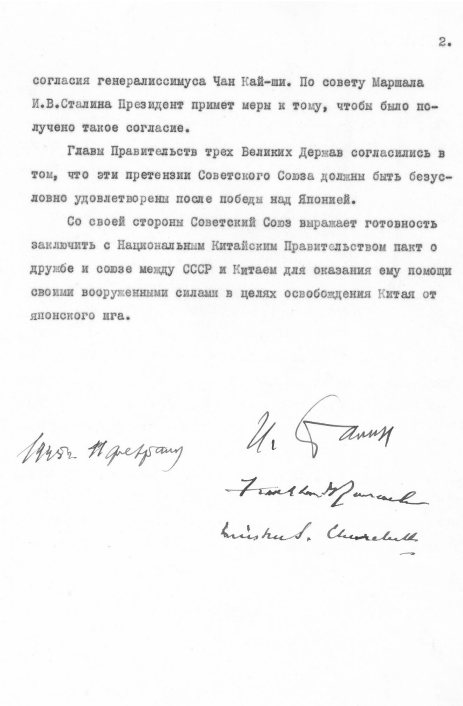
The plan envisioned a strategic offensive operation in Manchuria with a view to defeating the Japanese Kwantung Army deployed there and the troops of the puppet state of Manchukuo, and on Southern Sakhalin, as well as returning the Kuril Islands and capturing a number of ports in Korea which were under the control of the Japanese occupation authorities.
The Far Eastern campaign involved the forces of several army groups – the Transbaikal Front led by Marshal of the Soviet Union Rodion Malinovsky, the 1st Far Eastern Front commanded by Marshal of the Soviet Union Kirill Meretskov and the 2nd Far Eastern Front under Army General Maxim Purkayev, as well as the Pacific Fleet (Admiral Ivan Yumashev), the Amur Military Flotilla, and the Northern Pacific Military Flotilla. The Soviet forces were joined by units of the Mongolian People’s Revolutionary Army. The total strength of the Soviet strike group exceeded 1.6 million people, with about 30,000 guns and mortars, 5,250 tanks and self-propelled guns, 5,200 aircraft, and 93 warships of the main classes. The campaign was coordinated by the Chief Command of the Soviet Forces for the Far East, a dedicated command unit created by the General Headquarters and led by Marshal of the Soviet Union Alexander Vasilevsky.
The plan envisioned a strategic offensive operation in Manchuria with a view to defeating the Japanese Kwantung Army deployed there and the troops of the puppet state of Manchukuo, and on Southern Sakhalin, as well as returning the Kuril Islands and capturing a number of ports in Korea which were under the control of the Japanese occupation authorities.
The Far Eastern campaign involved the forces of several army groups – the Transbaikal Front led by Marshal of the Soviet Union Rodion Malinovsky, the 1st Far Eastern Front commanded by Marshal of the Soviet Union Kirill Meretskov and the 2nd Far Eastern Front under Army General Maxim Purkayev, as well as the Pacific Fleet (Admiral Ivan Yumashev), the Amur Military Flotilla, the Northern Pacific Military Flotilla. The Soviet forces were joined by units of the Mongolian People’s Revolutionary Army. The total strength of the Soviet strike group exceeded 1.6 million people, with about 30,000 guns and mortars, 5,250 tanks and self-propelled guns, 5,200 aircraft, and 93 warships of the main classes. The campaign was coordinated by the Chief Command of the Soviet Forces for the Far East, a dedicated command unit created by the General Headquarters and led by Marshal of the Soviet Union Alexander Vasilevsky.
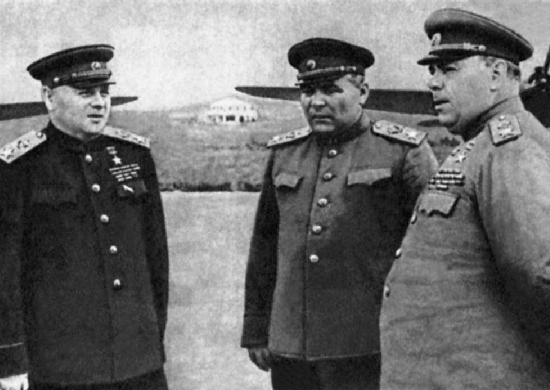
On August 9, the Soviet troops launched the offensive. The Far Eastern campaign included three parts: the Manchurian Strategic Offensive Operation, the South Sakhalin Operation and the Kuril Airborne Operation. The goal of the operation was to defeat the Kwantung Army in the shortest possible time, liberate northeast China and [what later became] North Korea from the Japanese occupiers.
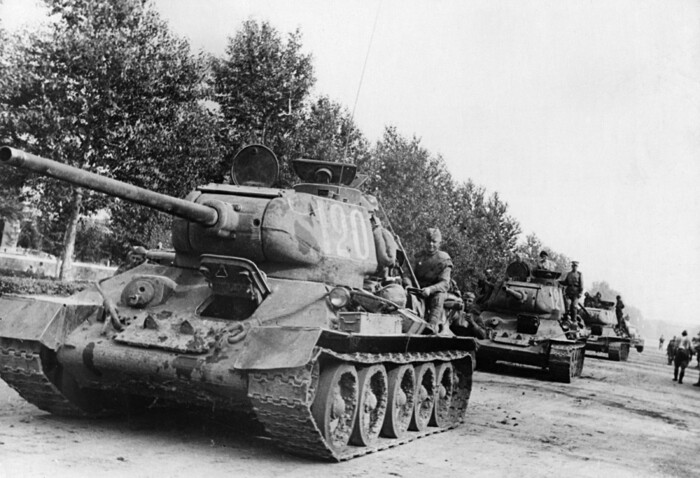
The Soviet advance was fast and vehement. Fierce fighting unfolded along a frontline of over 5,000 kilometres, resulting in the Soviet troops liberating Harbin, northeast China and North Korea from the Japanese invaders and capturing South Sakhalin and the Kuril Islands.
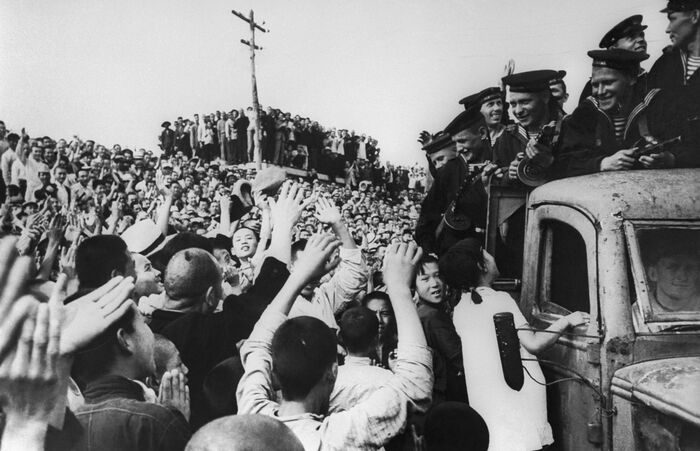
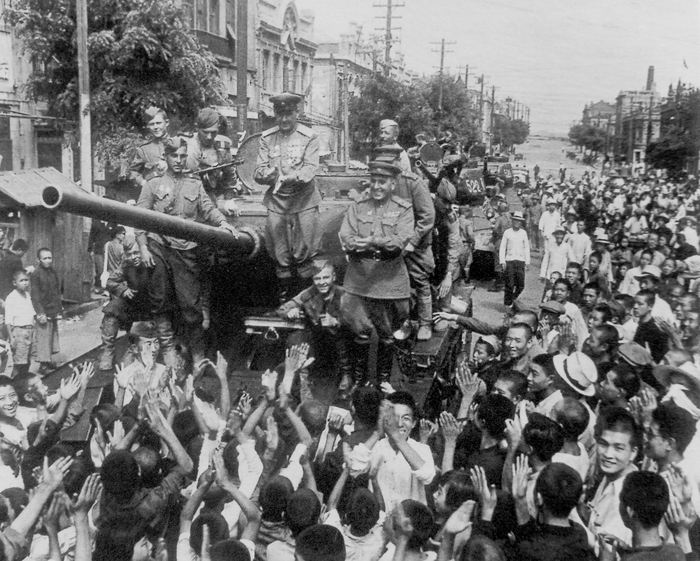
Japan’s ability to continue to resist was undermined. Enemy troops surrendered almost everywhere. On August 18, the Japanese command gave the order to cease military operations on the continent. One million-strong Kwantung Army was destroyed.
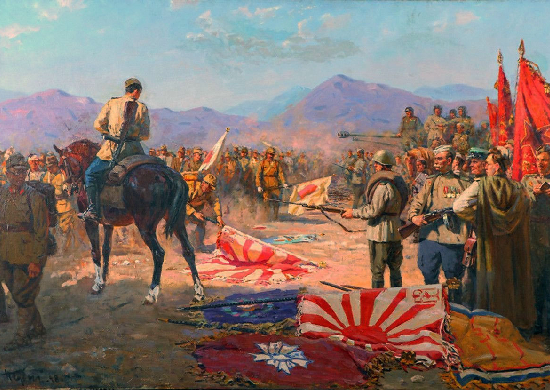
By September 1, 1945, the Soviet troops completed all their combat missions. Over 23 days of combat, they crushed the Japanese military machine and thus made a decisive contribution to end World War II in the Far East. Our country returned the southern part of Sakhalin, which Japan had seized from the Russian Empire in 1905, occupied the Kuril Islands, and once again took over the Kwantung Leased Territory, including Port Arthur and Dalniy.
On September 2, 1945, the Japanese Instrument of Surrender was signed on board of USS Missouri in Tokyo Bay. Lieutenant General Kuzma Derevyanko signed it on behalf of the Soviet Union. This signaled the end of World War II.
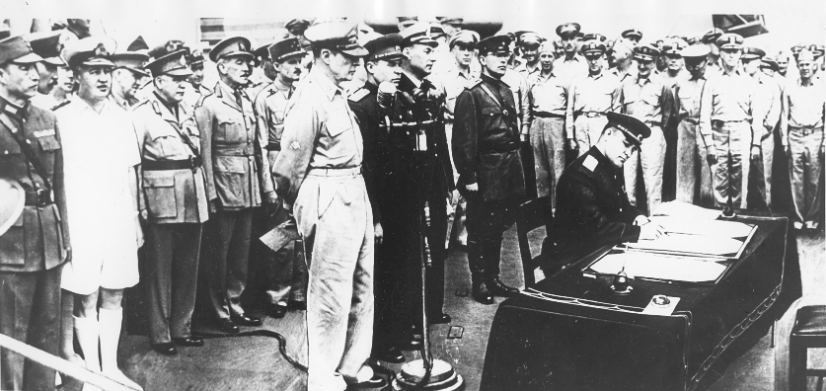
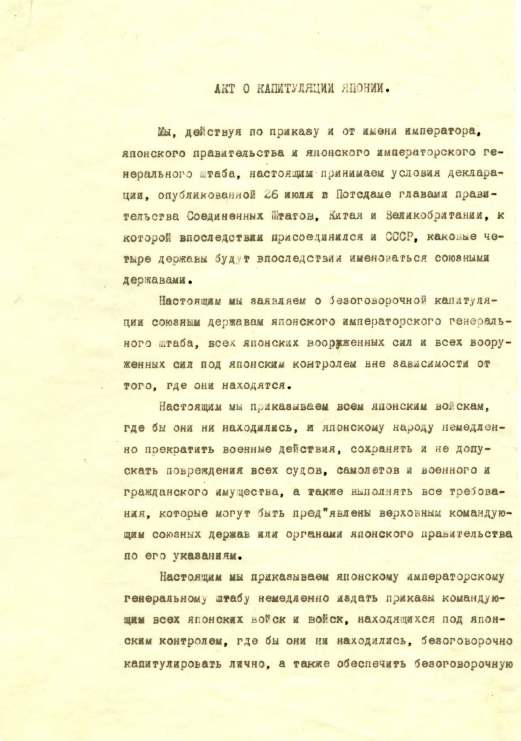
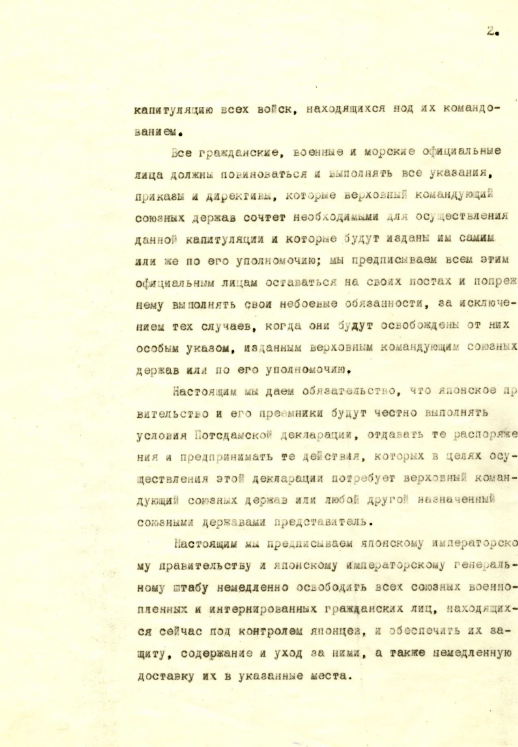
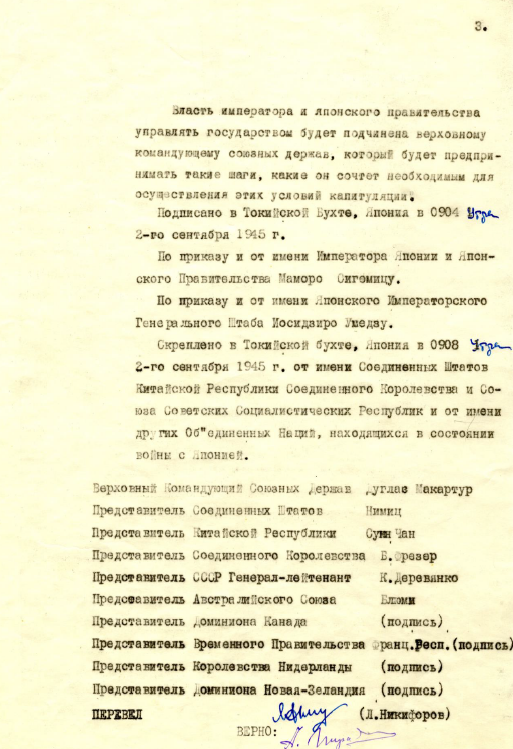
On September 2, the USSR Supreme Soviet Presidium issued an executive order, On Declaring September 3, 1945 the Day of Victory over Japan. In accordance with the Federal Law of the Russian Federation No. 32-FZ On the Days of Military Glory and Memorable Dates of Russia, dated March 13, 1995 and amended in 2020, September 3 is observed as a Day of Military Glory in Russia.
For military exploits in the war against Japan, 308,000 Soviet soldiers and officers received orders and medals. The title of Hero of the Soviet Union was awarded to 93 people, to six of them twice. More than 300 formations and military units of the army and navy received military awards, and 25 of them were awarded the honorary Guards designation.


EN — LARRY ROMANOFF — The Jewish Declaration of War on Germany — The Economic Boycott of 1933
Is Larry Romanoff now a fascist because he questions the history about Hitler? Because I was labeled as one here for doing so. But I understand, one should not ask questions.
Nonsense. Larry is none of that. In fact, he is an old friend. His work should be taken in totality in order not to lose his carefully constructed context. And you were not labelled as a fascist. So either you can hold a historical discussion with respect, or not. If… Read more »
Here is a link to Larry Romanoff
https://www.bluemoonofshanghai.com/politics/21386/
I would say no Jews, thats Khazaren.
For me, there is no difference between the historical figure Stalin and Sellensky. Both were or are used through paid revolutions or coups to lead the respective country into war. The populations are the ones who suffer, and they have not authorized their government to do what it is doing.… Read more »
If you knew more about Stalin you would think differently, my friend. We have discussed Grover Furr’s research here previously. Anna Strong’s descriptions are also interesting. As to the coke addict criminal pervert, he’s simply a pathetic petty nazi. The two have nothing in common.
“…We need to note first that the 1917 Russian Revolution was not, in any sense, a “Russian” revolution. It was entirely, 100%, a Jewish revolution against Russia and the Russian people. Native Russians had no part in the planning, and played little role in the execution of this immense tragedy, absolutely one… Read more »
“…The Georgian, Ioseb Besarionis dze Jughashvili (aka. Joseph Vissarionovich Stalin), may have been little more than a front, the real power behind the throne emanating from the City of London and masterminded by Jacob Schiff and Max Warburg. Some historians agree that Stalin was a mere figurehead, that it was Lazar Kaganovich (the Jewish… Read more »
The two historical figures are, by the history you present, non similar. Everyone has some connection to the Jews, and everyone is different. I do urge you to read Furr and Strong. As to intrigues, there is, for example, some evidence that Castro had an early relationship with the CIA,… Read more »
“Contrary to the myths peddled by Khrushchev and Trotsky and repeated endlessly by anticommunist historians, Josef Stalin was a selfless, modest and devoted revolutionary…” Beware of slandering lies written by the malicious; the enduring western hatred of Stalin is indeed in and of itself a strong marker of his successful… Read more »
What If Everything You Know About Stalin is a Lie?
What if Everything you know about Adolv Hietler is a lie?
Who describe the history?!
Who controls the money to control the Media?
This isn’t site for fascists. So what if universal monster has ~5% good character? Are you ignorant of 95% evil?!
Earlier you decried Anglo-Saxon Admiralty Law, yet considered live-streamed genocide “entertainment and distraction”. And apparently unaware Hitler was Anglo pawn to his dying day.
You are confused. The truth exists
I called it a distraction not to write about commercial law / maritime law. The genocide is visible to everyone, and the perpetrators are the same ones who instigate wars and turn people into legal matters. But you twist my words into the opposite, – a fascist is one who… Read more »
So, how likely is it that a private multinational corporation will spread a video about the truth about a puppet of the financial industry!? Usually, the big corporations only spread what they want people to know. If there was an unknown truth about an event, these corporations would be the… Read more »
I don’t know much about S., because when he was alive, I wasn’t born yet. I have only quoted Larry Romanoff and studied other sources. The truth does not exist in this world. The truth belongs to the one with the most ‘Dollars.’ But what I do know is that… Read more »
I have read, and accept, that the Japanese State due to chaos of war and especially to the “conventional” fire-bombing campaign by the US had very poor communications internally and no informed understanding of the nature of atomic “weapons”…they didn’t know what happened in Hiroshima and Nagasaki, only that two… Read more »
On this day.. “a plutonium atomic bomb “Fat Man”, equivalent to 19 to 21 kilotons of TNT, was dropped on the city of Nagasaki by US pilot Charles Sweeney.” “Christianity first came to Japan in the mid-16th century … [via] Nagasaki.“ “… an all-Christian American crew used the steeple of… Read more »
Here’s another ‘history’ of the final war between USSR and Japan:
https://lenta.ru/articles/2025/08/09/japan/